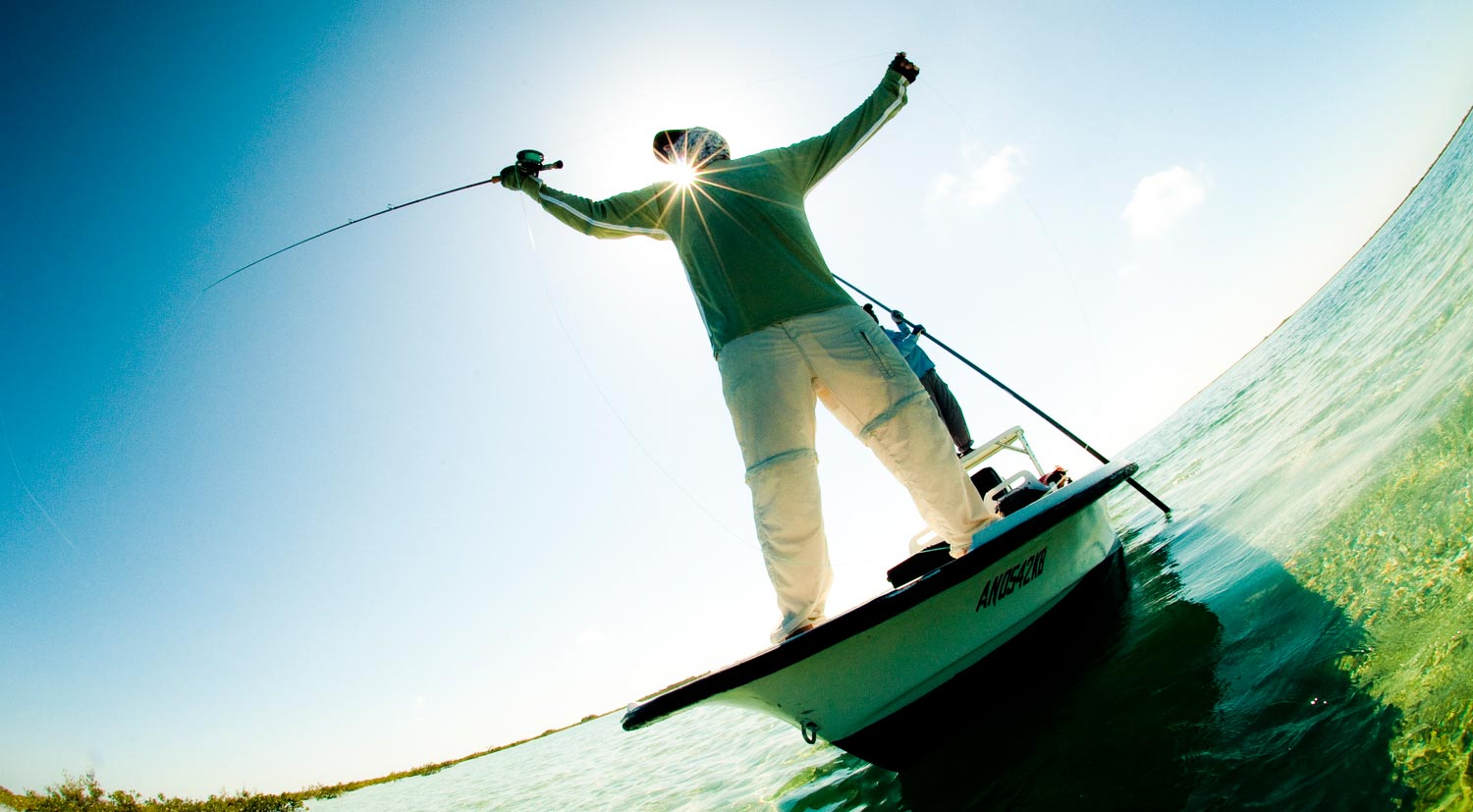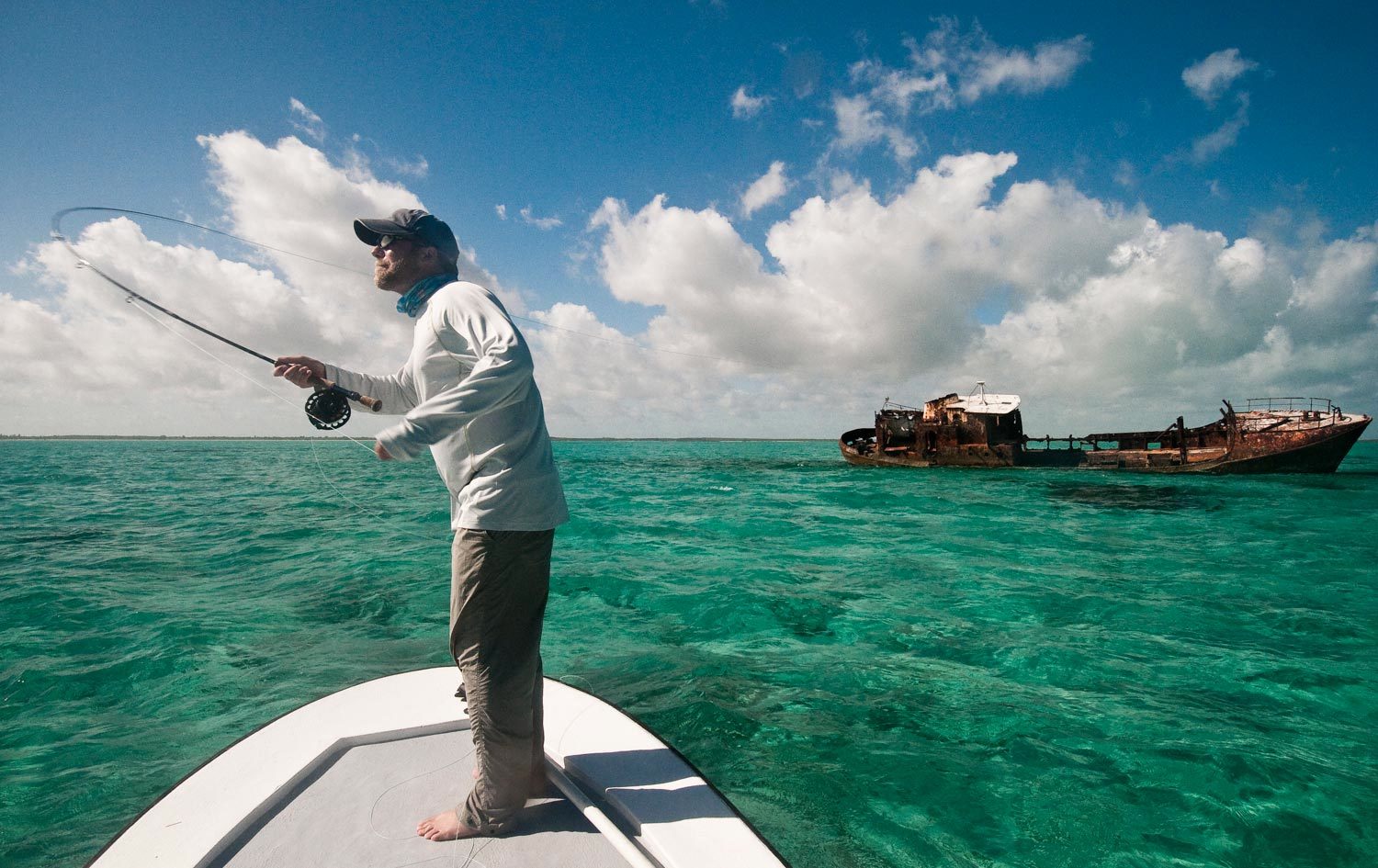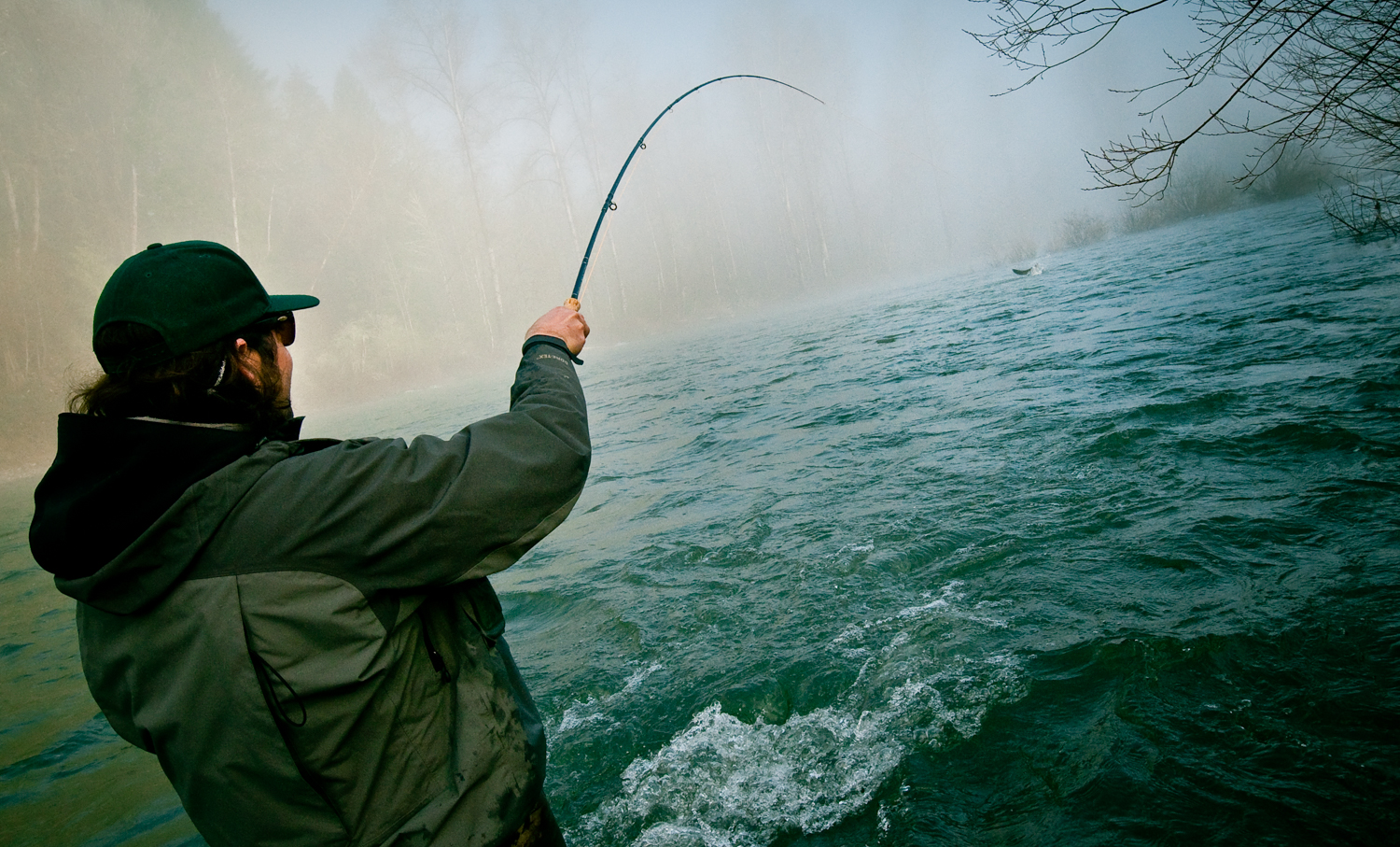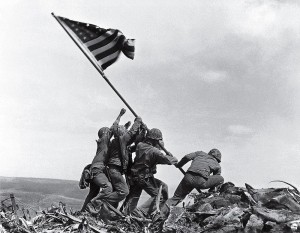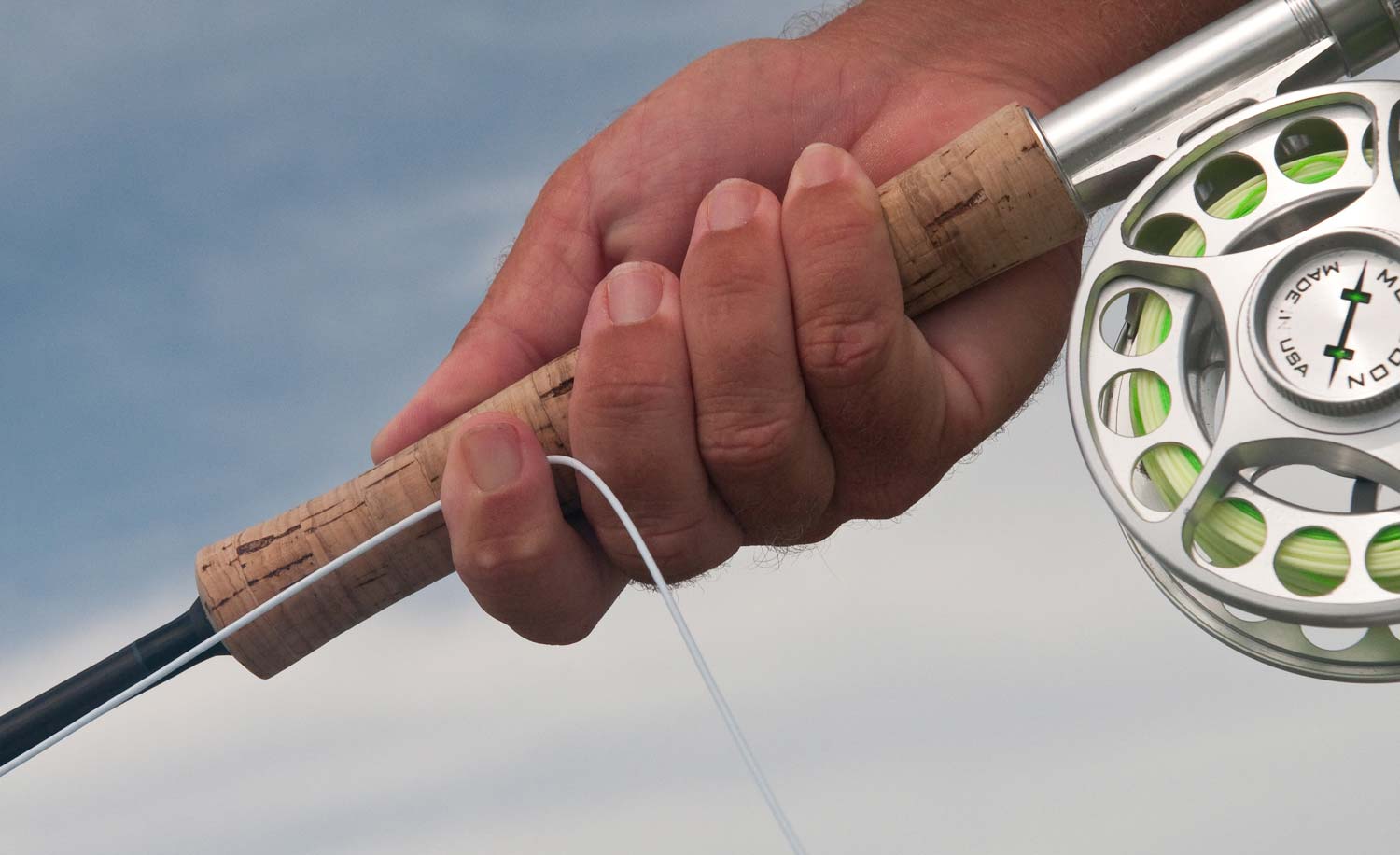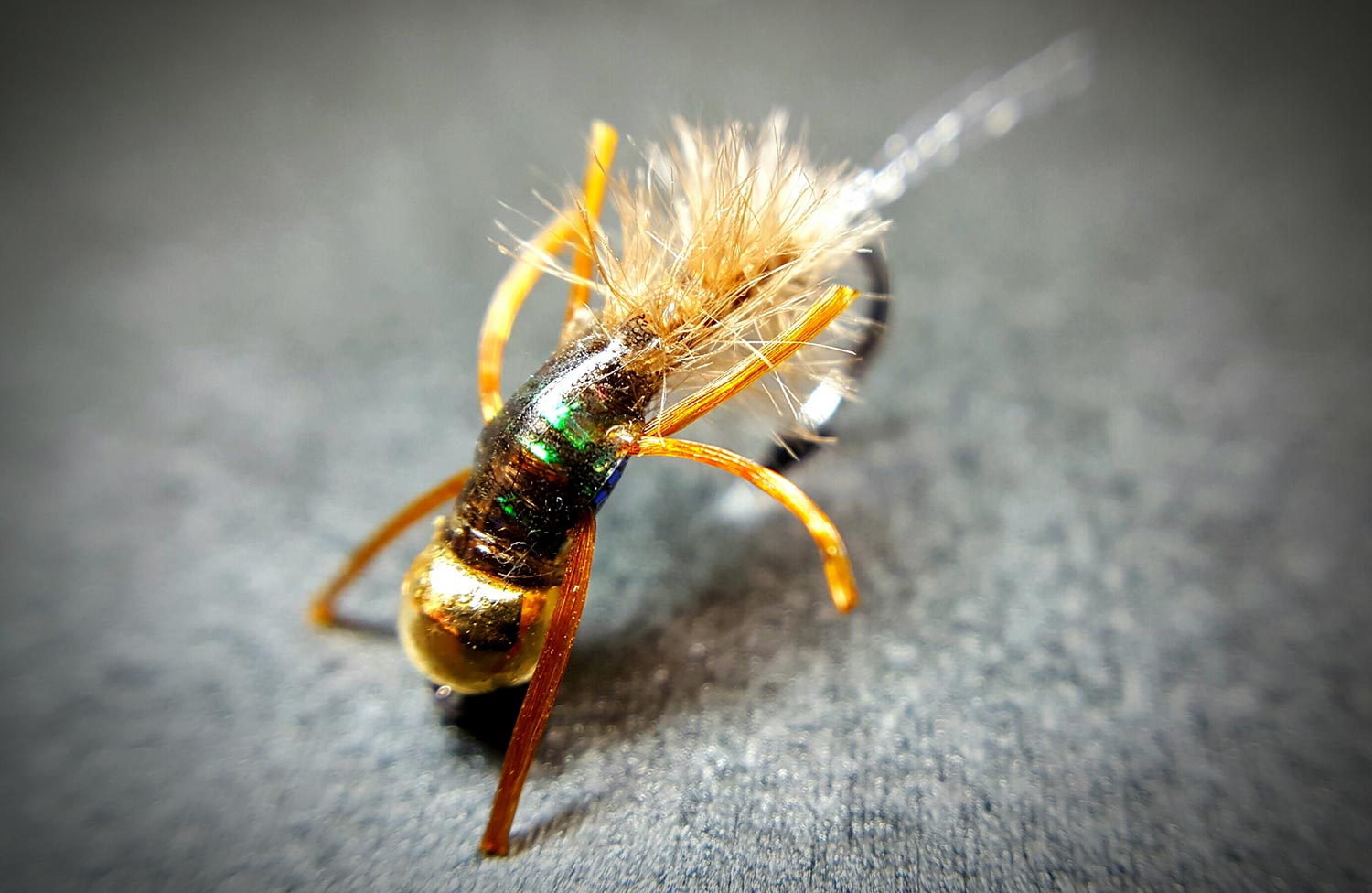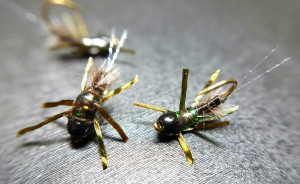Want to take better fly fishing photos?
Just the other day one our Facebook followers asked if I would post some tips for taking better fishing photos. I’ve written a good bit on the subject, but the articles are scattered across the site. I thought this would be a great opportunity to put together one source for some of my best photography tips and tricks.
So here it is, 12 tips that will make your fishing photos rock!
Holding Fish For Photos
The first step in getting a great shot of a fish is knowing how to hold it properly. I am constantly amazed how many anglers don’t know how to hold a fish for a photo, but to be fair, Kent and I have had a lot of practice and we have it down to a science. Here’s an article from each of us on the subject.
4 Tips For Getting A Better Picture Of Your Trophy
What if you’re fishing alone when you catch the fish of a lifetime?
No problem. Here’s an article that will give you plenty of options for getting a great shot.
Getting The Hero Shot When You’re Fishing Solo
Great photos start the basics.
It doesn’t get more basic, or more important, than a stable grip on the camera. Here’s all you need to know.
What’s in a file?
Digital photography offers photographers some pretty amazing options for producing images with a unique look and feel. To get the most out of you DSLR you need to take advantage of the RAW file format. Here’s the scoop.
What’s an ISO?
The look of your images has everything to do with how you set up your camera. Choosing the right ISO is a step to many people skip or just don’t understand. Get it right.
Its OK to shoot in Auto!
Too many people think you can’t take great photos with your camera set on automatic. You can and I do it all the time. There are just a few things you need to know. Why make it harder than it needs to be. Get the most out of auto.
Feeling a little fuzzy?
Every photographer needs to know how to adapt to changing light. Here are some tricks to help you get better photos when the fishing is at its best.
Getting Sharper Photos In Low Light
Want to try something cool?
Fill flash yields a dramatic look. It’s technical, but with the right info you can get great results. Here’s what you need to know.
Get it all sharp
Great photographers are masters of depth of field. Here’s an article that will help you get it sharp where you want it.
Capture the action!
Freezing the action of fly fishing makes for dramatic photos. It’s all about light and shutter speed. Here’s what you need to know to stop time.
Shutter Speed For Freezing Action
Make truly powerful photographs.
Here’s where we get right down to it. That illusive something that makes a truly great photo. Master these three things and you will be more than a pro, you’ll be an artist.
Get out there and put these tips to work. It will be time for the annual G&G photo contest before you know it and I’ll be expecting some great work from you guys this year. Get snapping!
Louis Cahill Gink & Gasoline www.ginkandgasoline.com hookups@ginkandgasoline.com Sign Up For Our Weekly Newsletter!
